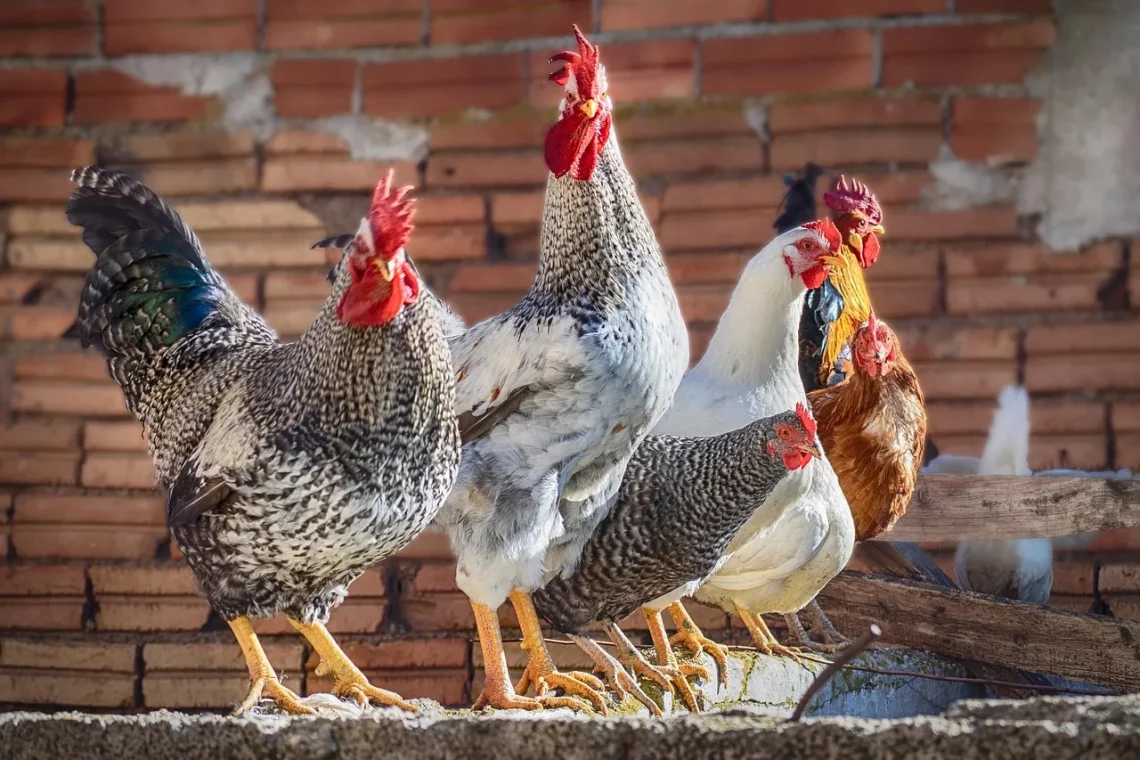
Building the Perfect Chicken Coop for 8 Happy Birds
Creating a comfortable and functional habitat for chickens is an essential aspect of backyard farming. Whether you are a novice chicken keeper or an experienced poultry enthusiast, understanding the needs of your feathered friends is vital for their well-being and productivity. Chickens require a safe and secure environment that not only protects them from predators but also offers sufficient space for roaming, nesting, and laying eggs.
The design of a chicken coop plays a crucial role in maintaining the health and happiness of the birds. A well-constructed coop can significantly impact their behavior, egg production, and overall quality of life. When building a coop for eight chickens, various factors must be considered, including space requirements, ventilation, and accessibility. Each chicken has its unique personality and needs, which makes it essential to create a space that caters to these differences while ensuring that they have enough room to thrive together.
In this article, we’ll explore the key components of an ideal chicken coop, helping you create a nurturing environment for your birds. From choosing the right materials to planning for their daily needs, you’ll be equipped with the knowledge to build a coop that fosters happiness and productivity for your flock.
Understanding Space Requirements for Chickens
When planning your chicken coop, one of the most critical factors to consider is the amount of space each bird will need. Chickens are social animals, and providing them with adequate room is essential for their physical and mental well-being. In general, a good rule of thumb is to allocate at least 4 square feet of indoor space per chicken in the coop. For outdoor runs, aim for about 10 square feet per bird. This ensures they have enough space to move around, engage in natural behaviors, and reduce stress levels.
Overcrowding can lead to a variety of issues, including increased aggression, feather pecking, and the spread of diseases. It’s important to monitor the dynamics of your flock to ensure that they are comfortable and happy. If you notice signs of stress or aggression, it may be necessary to reevaluate their living conditions or consider expanding the coop.
Another consideration is the layout of the coop. Include areas for nesting, roosting, and feeding, as these are essential aspects of a chicken’s daily routine. Nesting boxes should be secluded and placed in a quiet area to provide a safe space for hens to lay their eggs. Roosting bars, on the other hand, should be positioned higher up to allow chickens to sleep off the ground, which is a natural instinct that helps them feel secure from potential predators.
The outdoor run is just as important as the indoor space. Providing a secure, fenced area where chickens can roam freely during the day allows them to engage in natural behaviors such as foraging and dust bathing. This not only keeps them physically active but also helps to improve their overall mood and health.
Choosing the Right Materials for Your Coop
The materials you choose for constructing your chicken coop will significantly impact its durability, safety, and comfort. Opting for high-quality materials may require a higher initial investment, but it will save you time and money in the long run by reducing maintenance and repair needs.
Wood is a popular choice for building chicken coops due to its insulation properties and aesthetic appeal. However, ensure that you use untreated wood to avoid harmful chemicals leaching into the environment. Additionally, consider using plywood or oriented strand board (OSB) for the walls and roof, as these materials provide excellent insulation and are readily available.
When it comes to the flooring, choose a material that is easy to clean and maintain. Many chicken keepers prefer concrete, as it is durable and can be easily hosed down. If you choose to use wood, ensure that it is well-sealed to protect against moisture and pests. You can also add straw or wood shavings on top for better comfort and easy waste management.
For the roof, consider using metal or shingles that are weather-resistant to provide adequate protection against the elements. A well-ventilated roof will also help maintain a comfortable temperature inside the coop, preventing overheating in warmer months.
Don’t forget about safety features. Installing sturdy locks on doors and secure fencing around the outdoor run will protect your chickens from predators like raccoons, foxes, and hawks. Additionally, consider adding hardware cloth instead of chicken wire, as it is more robust and provides better protection against burrowing animals.
Creating a Comfortable Environment for Your Flock
A comfortable environment is essential for keeping your chickens happy and healthy. This includes proper ventilation, lighting, and temperature control within the coop. Chickens are sensitive to extreme temperatures, so it’s essential to create a space that remains well-ventilated during hot months and insulated during colder months.
Ventilation can be achieved through windows, vents, or louvers placed high up on the walls of the coop. This allows fresh air to circulate while minimizing drafts that could chill the birds. During winter months, it’s important to balance ventilation with warmth; consider adding insulation to the walls to help retain heat.
Lighting is another critical factor in creating a comfortable coop. Chickens require around 14-16 hours of light per day to maintain optimal egg production. In winter months, you may need to supplement natural light with artificial lighting to ensure that your hens continue to lay eggs consistently. Use LED lights, which are energy-efficient and provide bright illumination without generating excessive heat.
Additionally, the coop should be designed with cleanliness and comfort in mind. Regular cleaning is essential to prevent the buildup of waste, which can lead to health issues for your flock. Incorporate nesting boxes that are easy to access and clean, and ensure that the coop is spacious enough for you to move around comfortably during maintenance.
Lastly, consider enriching your chickens’ environment by providing items such as perches, dust baths, and toys. Chickens are naturally curious and intelligent creatures, and engaging them with different activities will help reduce boredom and encourage natural behaviors.
Planning for Health and Safety
The health and safety of your chickens should always be a top priority when building your coop. Establishing a routine for health checks and preventive measures can help ensure your flock remains healthy and free from common poultry diseases.
Start by ensuring that your coop is built in a location that drains well to prevent water accumulation, which can lead to various health issues. Avoid building the coop in low-lying areas where water may collect. Good drainage will also help keep the bedding dry and minimize the risk of respiratory issues.
Regularly monitor your chickens for signs of illness, such as changes in behavior, appetite, or egg production. Establishing a routine for health checks will make it easier to spot any potential issues early on. Additionally, keeping records of each chicken’s health status can help identify patterns and inform your management practices.
Vaccinations and parasite control are also essential components of maintaining a healthy flock. Consult with a local veterinarian or poultry expert to determine which vaccinations are recommended for your area and how to implement a deworming schedule effectively.
Moreover, ensure that your flock has access to clean water and a balanced diet. Proper nutrition plays a significant role in the overall health of chickens, impacting their egg production and immune system.
By prioritizing health and safety in your coop design and management practices, you’ll create a thriving environment for your chickens, allowing them to flourish and contribute to your backyard farm.
In conclusion, building the perfect chicken coop for eight happy birds involves careful planning and consideration of their needs. By understanding space requirements, choosing suitable materials, creating a comfortable environment, and prioritizing health and safety, you can ensure that your flock not only survives but thrives in their new home. Happy chicken keeping!




